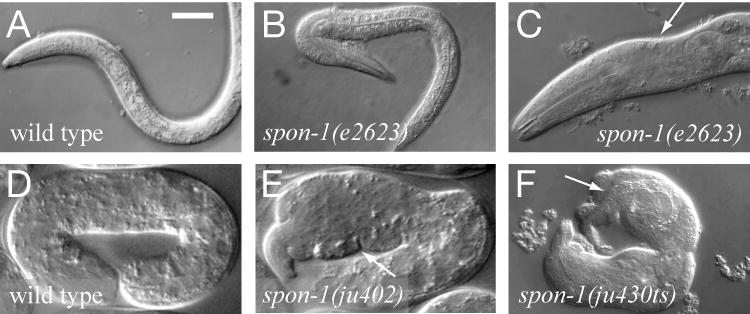Figure 1. spon-1 mutants are defective in epidermal morphogenesis and muscle attachment.

(A) The wild-type L1 larva has a smooth epidermal shape. (B, C) spon-1(e2623) L1 larvae and adults display variable defects in epidermal morphology. The bent body phenotype is more obvious during early larval stages (B) while some adults display ‘pinched’ head morphology (arrow, C); other e2623 phenotypes include egg laying defects and slightly shorter body length. (D) A wild-type embryo at three-fold stage. (E) spon-1(ju402) mutant embryo, displaying elongation arrest and uneven epidermal morphology (arrow). (F) spon-1(ju430) mutant hatchling showing elongation arrest with lumpy two-fold morphology and detached body wall muscles (F, arrow). Scale, 10 μm.
